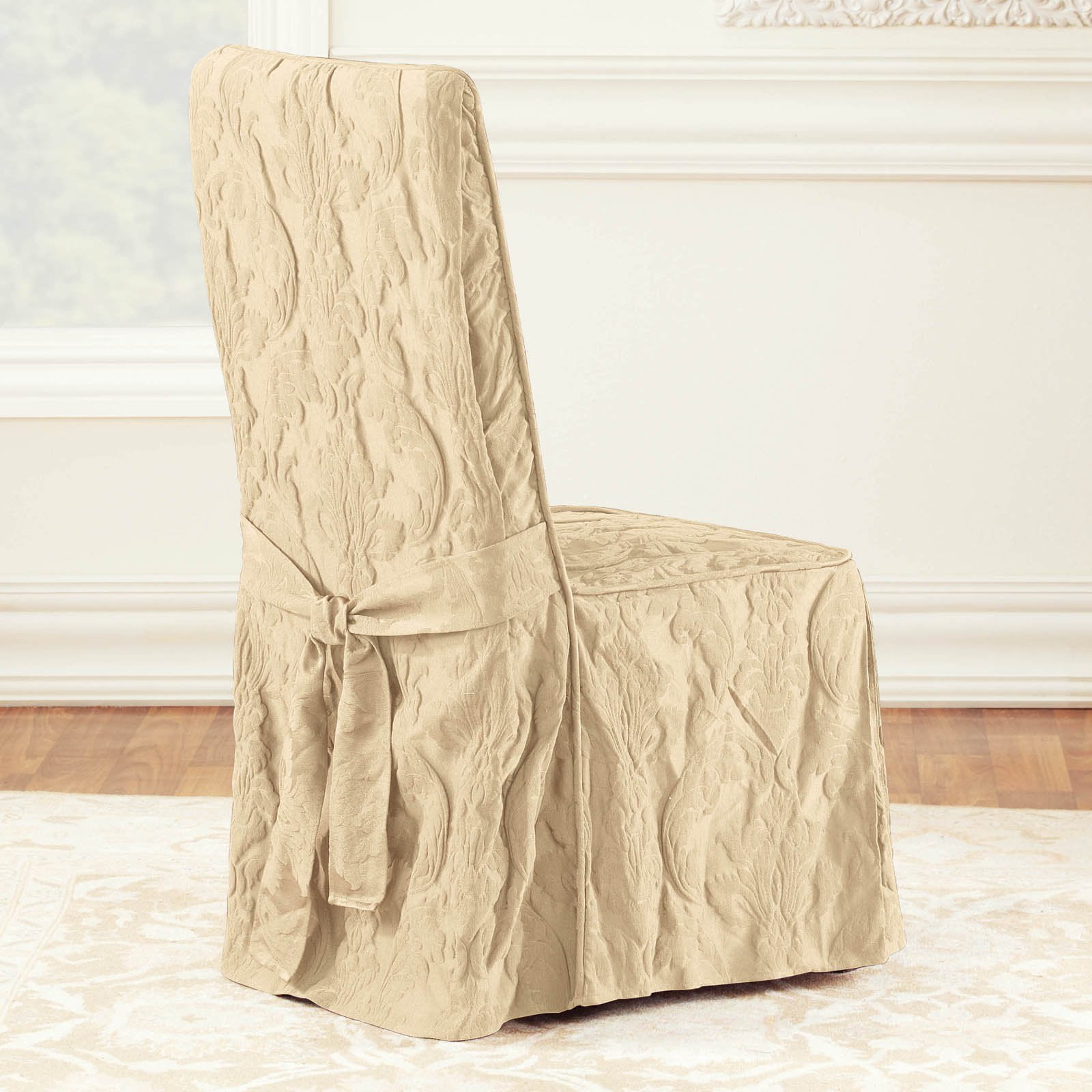Design & Aesthetics of Black Damask Dining Chairs

Black damask dining chairs offer a sophisticated blend of classic elegance and modern versatility. The inherent richness of the damask pattern, combined with the dramatic depth of black, creates a statement piece that can elevate any dining space. The interplay between the chair’s style and the damask design allows for a wide range of aesthetic interpretations, from opulent Victorian grandeur to sleek contemporary minimalism.
Damask Pattern and Chair Style Variations
The visual impact of a black damask dining chair is significantly influenced by the interaction between the damask pattern and the overall style of the chair. A Victorian-style chair, for instance, might feature a large-scale, ornate damask pattern with intricate floral motifs, reflecting the era’s love for lavish detail. In contrast, a modern black damask chair might incorporate a smaller, more geometric damask pattern, emphasizing clean lines and minimalist aesthetics. Traditional styles often utilize a more classic, repeating floral damask, while contemporary designs might incorporate abstract or even subtly textured damask patterns.
Visual Impact of Different Damask Patterns, Black damask dining chair
The choice of damask pattern dramatically alters the chair’s visual impact. Large-scale patterns create a bold statement, drawing the eye and adding a sense of grandeur, while smaller-scale patterns offer a more subtle, refined look.
| Pattern Type | Visual Impact | Suitable Room Style | Example Materials |
|---|---|---|---|
| Large-scale floral | Bold, opulent, dramatic | Traditional, Victorian, Baroque | Velvet, heavy brocade |
| Small-scale floral | Subtle, elegant, refined | Transitional, eclectic | Linen, silk |
| Geometric | Modern, minimalist, clean | Contemporary, mid-century modern | Cotton, linen blends |
| Abstract | Unique, artistic, eye-catching | Modern, eclectic | Velvet, faux leather |
Manufacturing Process of Black Damask Dining Chairs
The creation of a black damask dining chair involves a meticulous process, combining craftsmanship and industrial techniques. Understanding this process helps appreciate the artistry and quality involved.
The manufacturing typically involves these steps:
- Frame Construction: The chair’s frame is usually constructed from hardwood like oak or beech, carefully shaped and assembled using joinery techniques. This provides structural integrity and durability.
- Upholstery Preparation: The damask fabric is carefully measured and cut to fit the chair’s form. This often involves intricate pattern matching to ensure a seamless and aesthetically pleasing result.
- Padding and layering: Layers of padding, such as foam and cotton batting, are added for comfort and to create a smooth surface for the damask fabric.
- Upholstery Attachment: The damask fabric is carefully stretched and stapled or tacked onto the chair’s frame, ensuring a taut and wrinkle-free finish. This requires skilled craftsmanship to achieve a professional look.
- Finishing Touches: Final details, such as attaching buttons or decorative trim, are added to complete the chair. Quality control checks are performed to ensure the chair meets standards.
Influence of Black Color and Lighting Effects
The color black significantly enhances the perceived elegance and formality of a damask dining chair. Black provides a dramatic backdrop for the intricate damask pattern, allowing its details to stand out. It creates a sense of sophistication and timelessness, making the chair suitable for a variety of interior design styles.
The appearance of the black damask fabric is significantly influenced by lighting. Soft, warm lighting can accentuate the richness of the black and highlight the texture of the damask pattern. Harsh, bright lighting, on the other hand, might make the black appear flat and less nuanced. Strategic lighting, such as using ambient lighting combined with focused task lighting, can be used to optimize the visual appeal of the chair.
